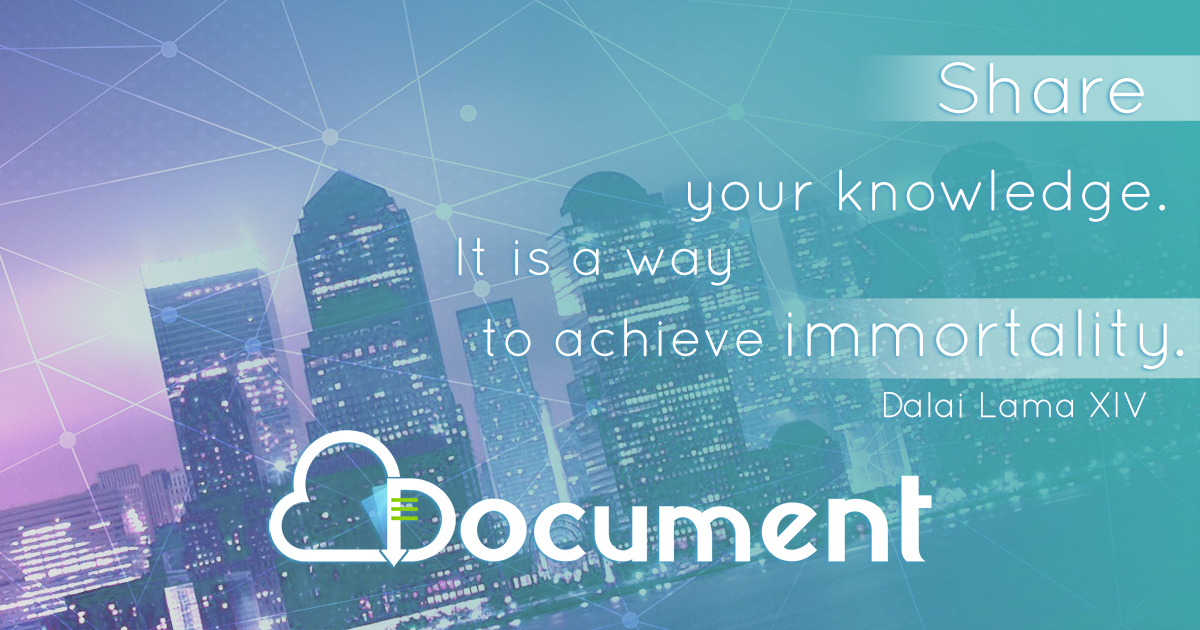SMALL BUSINESS OVERVIEW What is entrepreneurship?

Overview of Entrepreneurship
Dec 08, 2014
M1 L2
Welcome message from author
This document is posted to help you gain knowledge. Please leave a comment to let me know what you think about it! Share it to your friends and learn new things together.
Transcript

SMALL BUSINESS OVERVIEW
What is entrepreneurship?

Derived from the French entreprendre
“to undertake, to pursue opportunities, to fulfill needs and
wants through innovation”

• When Michael Dell started a business selling custom made PC’s in his dorm room at the University of Texas, reaching the list of the most wealthy people in the US was only a dream. Yet he has realized his dream.
• Dell sells more than $50 million worth of computer products on the Internet each day and he has obtained a net worth of $16.5 billion.

The Entrepreneurial Process1. Conducting opportunity analysis
2. Developing the plan and setting up the company
3. Acquiring financial partners and sources of funding
4. Determining the resources required and implementing the plan
5. Scaling and harvesting the venture

EntrepreneurshipEntrepreneurship is the creation of an innovative economic organization (or network of organizations)
for the purpose of gain or growth under conditions of risk or uncertainty.
An opportunity opportunity is the creation of an idea
to begin a business.
A ventureventure is a business undertaking involving risk.

Common Elementsof Entrepreneurship
•Creativity and Innovation
•Resource gathering and the founding of an economic organization
•The chance for gain (or increase) under risk and uncertainty

Pillion Coffee Video
•Click the coffee cup to watch the video. When the video ends, close your Internet Browser and finish the presentation.
•You will need headphones to hear the presentation.
(If you cannot view the video online, click on the MEDIA CENTER button, click on Module 1, and open the Pillion Coffee Video.)

The Sacrifice That is Paid to Be an Entrepreneur.
“Once you agree upon the price you and your family must pay to be successful, it enables you to ignore minor hurts, the opponent’s pressure, and
the temporary failures.”
-Vince Lombardi

OpportunityOpportunity to do what you enjoy and have fun at it
• Mike Becker transformed his passion for nostalgia-based toys into a successful business venture FUNKO INC.
• He invested $35K of his own money to resurrect the “Bobblehead” selling over 2 million since 1998.
“As long as I’m doing what I want to do and we’re making a profit…I can’t imagine
anything better.”

ANIMATION
•Click the link above to watch the video. When the video ends, close your Internet Browser and finish the presentation.
•You will need headphones to hear the presentation.
(If you cannot view the video online, click on the MEDIA CENTER button, click on Module 1, and open the Animation Video.)

Components of anEntrepreneurial Venture
• The Entrepreneur• Opportunity• Structure
– Form of Ownership/Operations/Etc.
• Resources– Human/Financial/Equipment/Etc.
• Strategy– Goal/Plan

Sundance Clip
•Click the link above to watch the video. When the video ends, close your Internet Browser and finish the presentation.
•You will need headphones to hear the presentation.
(If you cannot view the video online, click on the MEDIA CENTER button, click on Module 1, and open the Sundance Video.)

Major Factors Contributing to the Major Factors Contributing to the Success of a Small BusinessSuccess of a Small Business
• Competence of the entrepreneur – has a knowledge of how to start a business
• Product/service – provide a produce/service that the public will buy.
• Financing – Money or investors to financially back the venture
• Planning – Plans before beginning• Management– Ability to coordinate people, processes,
and resources.• Resources– Material, funds, etc. needed to begin a small
business.• Image– Can earn the trust of the public.

PERSONAL CHARACTERISTICS PERSONAL CHARACTERISTICS THAT ENTREPRENEURS POSSESSTHAT ENTREPRENEURS POSSESS
• ENERGETIC & SELF-DEMANDING - requires good health, work till the job gets done.
• TAKE CHARGE ATTITUDE - assertive, persistent, and self-confident, desires to be the decision maker.
• RESOURCEFUL - inquisitive, creative and innovative, has the ability to think of several ways to accomplish goals.
• INTEGRITY - reputation for long term success.• RISK TAKER - willing to and enjoys risk.• PROFIT ORIENTED - the bottom line.

Richard ForemanPresident & CEO of Register.com
“Don’t give up. Don’t ever give up. And when things look worst, just don’t give
up.”

SKILLS NECESSARY FOR SKILLS NECESSARY FOR SUCCESSSUCCESS• COMMUNICATION - speak, write, listen, and
understand.• HUMAN RELATION - people make your business. Must
be able to make customers feel welcome and maintain a working relationship with business associates.
• MATH - real world.• DECISION MAKING - have the skills to work out
problems and create new opportunities.• PLANNING and ORGANIZATIONAL - don’t let things
happen, plan and make things happen.• TECHNOLOGICAL – must have practical knowledge of
the tools and crafts that are necessary to successfully operate your business.

LEADERSHIP STEPS LEADERSHIP STEPS IN THE DECISION MAKING PROCESSIN THE DECISION MAKING PROCESS• IDENTIFY THE PROBLEM - problems have symptoms. You
need to look beyond the obvious to determine what is going on.• LIST POSSIBLE SOLUTIONS/OPTIONS - gather
information to help you solve the problem. Do not rule out any possibility.
• EVALUATE ALTERNATIVES - keep in touch with reality. Get rid of wishful thinking. Be honest with yourself and the people you are dealing with.
• CHOOSE A SOLUTION - the option that offers you the highest chance for success. Think of the cost involved with each option. Not only what it costs you but what it may cost you if you do something else.
• ACT and GET FEEDBACK - Once you have selected a solution to a problem, you need to take action to implement your plan. Seek out feedback. What was the effect of your decision.
Related Documents












